Myths and truths about probiotic foods and supplements
Truth: Each and every body part has a different microbiome—that collection of trillions of various bacteria, yeast (yes there are good yeast), viruses (yes there are good ones of those…). They live inside us, on us; probiotic foods contribute to our microbiome’s vital functions. They:
- Protect us from harmful bacteria,
- Protect against harmful viruses, including COVID-19 and H1N1 (there are 37 open-access medical papers on probiotic foods and COVID-19—no subscription needed)
- Help break down food to release energy,
- Help produces vitamins especially B12 and short chain fats that feed our liver and brain,
- Help balance our hormones, including activating thyroid hormones, and
- Help remove toxic chemicals and metals.
- And if our gut microbiome is off, we have a greater chance of liver cirrhosis, cholesterol imbalances, and liver failure.
Truth: We have a skin microbiome to keep us looking younger and help remove toxic waste if our liver can’t keep up. Our lungs have their own probiotic population.
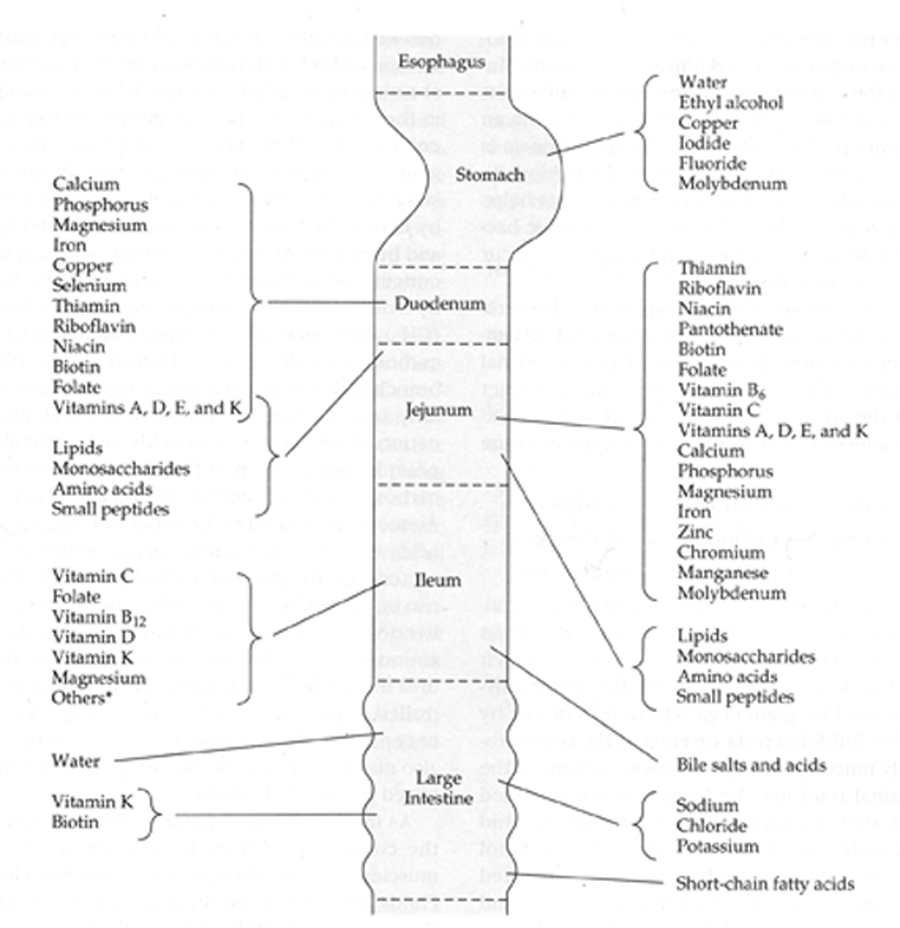 Truth: And then we have our gut which is separated into different regions: mouth, esophagus, stomach, upper small intestine, middle small intestine, lower small intestine (the small intestine is nearly half the length of a tennis court!), and regions of the colon (large intestine). Each region performs its own function and is colonized with different strains and different amounts of bacteria, yeast, and viruses:
Truth: And then we have our gut which is separated into different regions: mouth, esophagus, stomach, upper small intestine, middle small intestine, lower small intestine (the small intestine is nearly half the length of a tennis court!), and regions of the colon (large intestine). Each region performs its own function and is colonized with different strains and different amounts of bacteria, yeast, and viruses:
- Our mouth microbiome, central to healthy teeth and minimal cavities, has some 700 strains of bacteria to help initiate digestion of carbohydrates and fats;
- Our stomach microbiome (of which Helicobacter pylori may help prevent GERD and asthma for some of us yet can cause disease in others) has its own healthy probiotics that can live in an acidic climate.
- Our small intestine begins with bacteria that help release nutrients from food, balance hormones, more…
- Our colon (large intestine) is more heavily populated and with different strains than the small intestine. By the time our digested meal reaches the colon, there should be little to no energy foods left (carbohydrates, fats) because the colon microbiome is more involved in balancing electrolytes, water, and eliminating toxic chemicals; with some of the bacterial strains converting fibers into short chain fats that feed the liver and brain.
Truth: We depend on a vast army of microbes to stay alive. This is impressive given we’re taught the “germ theory” of disease and that bacteria are “bad”.
Sadly, we can disrupt this helpful collection of friends with chemical exposures, imbalanced diet, most medications (not just antibiotics), more.
The gut microbiota is normally very stable, although several factors, including exposure to antibiotics, emotional stress, chemicals, metals, c-sections and formula feeding, and disease can disrupt this community, leading to dysbiosis—dys- meaning bad, abnormal, or imperfect, and biosis for life.
Probiotic colonization in people doesn’t play by simple rules—we have to understand where the imbalance lies, what dysfunction (if any) it’s causing, and what caused the imbalance in the first place (standard American diet of refined foods, chemical or metal exposures, frequent antibiotic use, immunizations…)
And suddenly the parking lot is full of “junk cars” rather than reliable and efficient vehicles.
Shouldn’t we all take probiotic supplements?
Headlines claim these Probiotic Myths.
- “Probiotics are mostly useless and can actually hurt you”
- “There’s really not much proof probiotics work”
- “X-brand probiotic with x-trillion live cultures is the best” (irrespective of strain or your specific health condition)
Dr. Jason Hawrelak at Probiotic Adviser is a great resource and gut health expert.
The most important of these is that when it comes to supplements, the ability to handle a health situation is strain specific—Lactobacillus acidophilus, LA-5 is not the same as Lactobacillus acidophilus, CCG22 and these are used to address very different conditions (e.g. LA-5 is used in combination with in combination with Bifidobacterium, BB-12 and others to address certain digestive isses.)
Don’t just grab a random bottle off the shelf. That’s why I use Nutrition Response Testing to decide what direction to take. That’s also why I tend to focus on whole foods rather than pills—even if it’s a bit more planning.
What’s the truth? Is probiotic food better? Should we all take random supplements?
Can probiotic supplements re-inoculate the gut? NO
If your gut microbiome is full of unwanted and unhelpful critters, it’s like trying to park at a mall on Christmas eve day—zero parking spots. No matter how many probiotics try to “park”, there are no open spots.
That said, they certainly do more than drive around the crowded parking lot… or pass through the gut. We take probiotics at certain times to replace the functions a healthy microbiome would normally do, if only we had one.
Food we eat begins to be digested in our mouth, then our stomach, then our gut. Each region focuses on different functions: breaking down and releasing nutrients from protein, fats, and carbohydrates; releasing vitamins and minerals.
Regions of discomfort or tingling with certain foods can clue us in to missing digestive support. We can use fermented foods and/or the right commercial probiotic strains to support a missing function by including those in our meals. Eat to live; make the best of what we are eating. A little functional food goes a long way.
Can whole foods modify the gut microbiome? YES, for good or bad
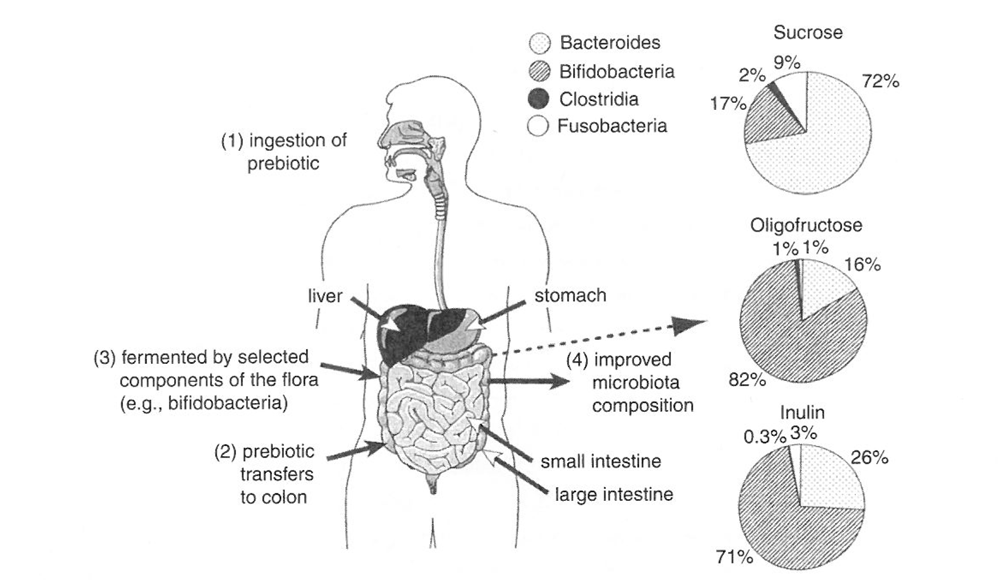 The good news: Encouraging a healthy gut means feeding the microbes you want to encourage while starving the ones you don’t want. Fermented foods and plenty of vegetables are important.
The good news: Encouraging a healthy gut means feeding the microbes you want to encourage while starving the ones you don’t want. Fermented foods and plenty of vegetables are important.
The bad news: Emerging evidence shows chemicals, sugars, refined starches, and too much alcohol can modify gut bacterial communities leading to increased susceptibility to disease-causing pathogens and/or metabolic disease as well as DNA damage.
Commercial foods grown with pesticides, herbicides, synthetic fertilizers and often genetically modified introduce into our gut environmental stressors associated with metabolic disorders, such as diabetes, obesity, cholesterol imbalances and more. Many of the nearly 100,000 chemicals used in industry (often sprayed on food or used to preserve it) are endocrine disruptors—compounds with estrogen-like or anti-estrogen activity—thus they alter our hormones and gut populations affected by those hormones. Meat from animals fed commercial, sprayed, grains is high in bacterial count and omega-6 fats which, while needed, can trigger an inflammatory cascade. Further, the hormones and other commercial chemicals are stored in the saturated fat of exposed animals providing us with unhealthy doses that in turn store in our bodies. Even our water supply can be a source of toxicity that changes our microbiome.
Prebiotics support your gut balance: Prebiotics are nondigestible (to us) components in foods that promote the growth of beneficial microorganisms thus creating a health effect. This picture shows what happens when we change from a commercial, high sugar, high refined foods, diet to one based on plenty of plants. The Bacteroides dominant and Bifidobacteria deficient microbiome changes to one dominant in Bifidobacteria, a group associated with improving digestion, absorbing nutrients, and even making certain vitamins. (In the image, oligofructose and inulin were isolated from onion, artichoke, asparagus and/or chicory—but you can eat a variety of plants too). Note also the higher level of the harmful Clostridia family in the sucrose-based diet. Clostridia is associated with inflammation, diarrhea, and colitis.
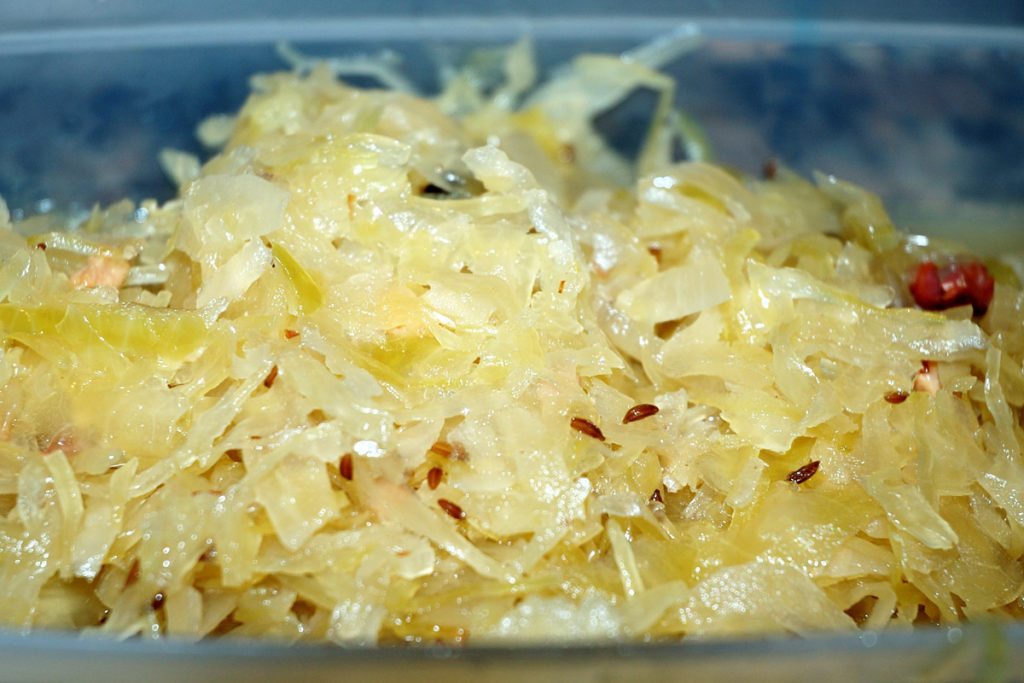
Fermented or probiotic foods are functional foods: meaning they can have a health effect. Functional foods help us remain at our best through our long life. Food associated microbes, like those from fermented foods, can reach the gut and provide similar health benefits to taking supplements. Among the documented health benefits of fermented foods are:
- Preventing DNA damage, reduce gut damage
- Reduce infections (not just the gut) by up to 50%. Percent
- Lessen the proinflammatory cytokine storm
- Improve metabolic health for weight loss and blood sugar balance
- Improve antioxidant status
- Improved cognitive function
If a trillion colony units are important, how do we know how much is in our ferments?
…health care professionals should promote fermented foods containing live microbes as part of public health policy…In particular, including fermented foods in dietary guidelines for specific populations has also been recommended. … [including] recent suggestions to introduce fermented foods to children early in life in their everyday meal plans. –from S. Rezac 2018
The truth is that with so many different categories of fermented foods, there is quite a lot of variability. Historical cultures fermented foods to preserve them; only recently are we discussing their health benefits yet doing so is perhaps the most fun and simple way to introduce beneficial microbes. That they are real food helps the microbes survive digestion—unlike many commercial brands (especially those that are liquid or say they need refrigeration).
We can ferment anything: plants, meats, fish, eggs, dairy, non-dairy milks… anything. Go play with your food, get it fermenting on the counter. Find your favorites and then mix it up. A few tablespoons with a meal is about right for most health benefits.
If you’ve never before cultured your food, start with something easy like this Garlicy Sauerkraut.
Or try your hand at any of the Designer Home-made Pickles. Or anything else that looks good on the OurNutritionKitchen.com website. One of my favorites is Gingered Beets and Kvass.
What’s not to love about food based wellness? Put a ribbon around them and they make great gifts!
References:
Bhat, M., Arendt, B. M., Bhat, V., Renner, E. L., Humar, A., & Allard, J. P. (2016). Implication of the intestinal microbiome in complications of cirrhosis. World journal of hepatology, 8(27), 1128–1136.
Deo, P. N., & Deshmukh, R. (2019). Oral microbiome: Unveiling the fundamentals. Journal of oral and maxillofacial pathology : JOMFP, 23(1), 122–128.
Garcia-Gonzalez, N., Prete, R., Battista, N., & Corsetti, A. (2018). Adhesion Properties of Food-Associated Lactobacillus plantarum Strains on Human Intestinal Epithelial Cells and Modulation
Garcia-Gonzalez, N., Prete, R., Perugini, M., Merola, C., Battista, N., & Corsetti, A. (2020). Probiotic antigenotoxic activity as a DNA bioprotective tool: a minireview with focus on endocrine disruptors. FEMS microbiology letters, 367(3)
Gibson G. R. (1998). Dietary modulation of the human gut microflora using prebiotics. The British journal of nutrition, 80(4), S209–S212.
Hamida, R. S., Shami, A., Ali, M. A., Almohawes, Z. N., Mohammed, A. E., & Bin-Meferij, M. M. (2020). Kefir: A protective dietary supplementation against viral infection. Biomedicine & pharmacotherapy = Biomedecine & pharmacotherapie, 133, 110974. Advance online publication.
Li, J., & Perez-Perez, G. I. (2018). Helicobacter pylori the Latent Human Pathogen or an Ancestral Commensal Organism. Frontiers in microbiology, 9, 609.
Marteau, P., Evidence of probiotic strain specificity makes extrapolation of results impossible from a strain to another, even from the same species. Annals of Gastroenterology & Hepatology, 2011. 2(1): p. 34-36.
Rezac, S., Kok, C. R., Heermann, M., & Hutkins, R. (2018). Fermented Foods as a Dietary Source of Live Organisms. Frontiers in microbiology, 9, 1785.
Sivamaruthi, B. S., Kesika, P., Prasanth, M. I., & Chaiyasut, C. (2018). A Mini Review on Antidiabetic Properties of Fermented Foods. Nutrients, 10(12), 1973.
Shahbazi, R., Yasavoli-Sharahi, H., Alsadi, N., Ismail, N., & Matar, C. (2020). Probiotics in Treatment of Viral Respiratory Infections and Neuroinflammatory Disorders. Molecules (Basel, Switzerland), 25(21), 4891. https://doi.org/10.3390/molecules25214891
Velmurugan, G., Ramprasath, T., Gilles, M., Swaminathan, K., & Ramasamy, S. (2017). Gut Microbiota, Endocrine-Disrupting Chemicals, and the Diabetes Epidemic. Trends in endocrinology and metabolism: TEM, 28(8), 612–625.
Zuo, Z. T., Ma, Y., Sun, Y., Bai, C. Q., Ling, C. H., & Yuan, F. L. (2020). The Protective Effects of Helicobacter pylori Infection on Allergic Asthma. International archives of allergy and immunology, 1–12. Advance online publication.
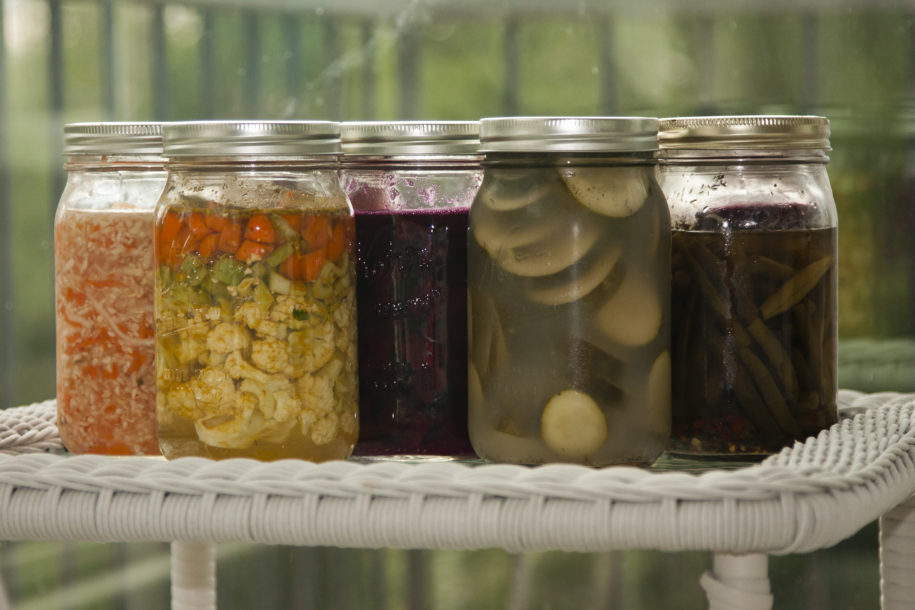
Leave a Reply
You must be logged in to post a comment.